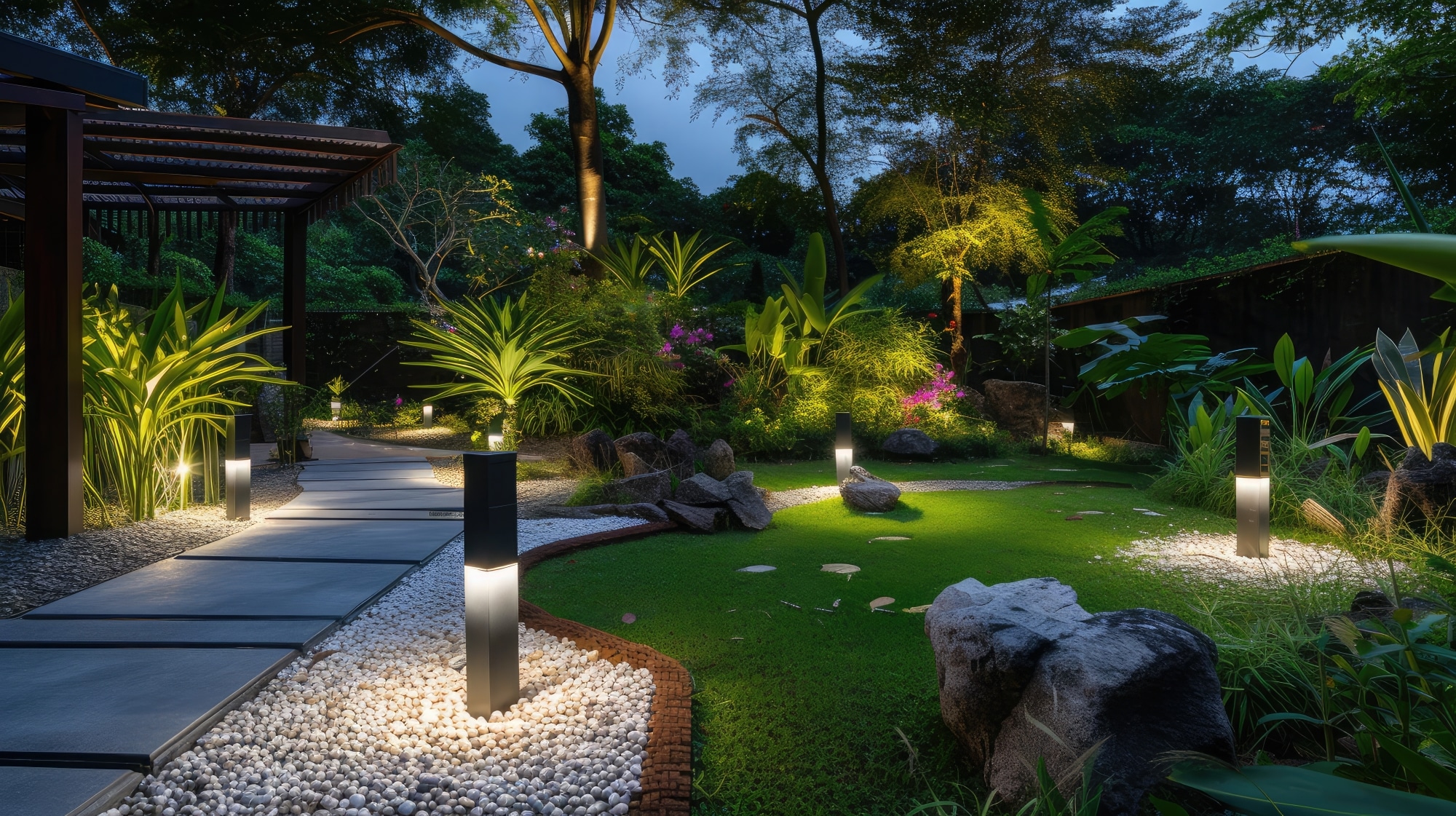|
Getting your Trinity Audio player ready...
|
Florida’s vibrant ecosystems boast a stunning array of wildlife, from the flamboyant pink flamingo to the elusive Florida panther. Sharing your backyard with these incredible creatures can be a truly enriching experience. Well, maybe not the panther, but you get the idea. Attracting the “right” visitors, however, requires careful planning. While butterflies, birds and pollinators add a touch of magic to your outdoor space, unwanted pests like raccoons and rodents can cause damage and pose health risks.
The key lies in creating a balanced habitat that caters to beneficial wildlife while deterring nuisance creatures. Here’s your guide to transforming your Florida backyard into a wildlife haven:

Plant a Native Feast
Native plants are the cornerstone of a wildlife-friendly landscape. Adapted to Florida’s climate and soil, they provide essential food sources for birds, butterflies, and other beneficial creatures. Firebush attracts hummingbirds with its vibrant red flowers, while saw palmetto berries are a favorite among songbirds. Research the native plant communities in your region. The University of Florida’s Institute of Food and Agricultural Sciences (UF/IFAS) offers excellent resources to help you choose the perfect flora.
Variety is Key
Don’t settle for a monoculture! Planting a diverse range of native plants ensures a year-round food supply for wildlife. Include flowering plants that bloom throughout the seasons, as well as fruiting shrubs and trees. Butterfly bushes burst with color in the summer, while beautyberries offer a winter feast for birds. This variety also creates a more visually appealing and ecologically balanced landscape.
Coexistence with Nuisance Wildlife
While attracting desirable wildlife is the goal, it’s important to be mindful of potential problems. Rodents, raccoons and other unwanted visitors can damage property and spread diseases. If you encounter persistent issues with these pests, consider calling in the best rodent pest control Orlando or your local area has to offer. A licensed pest control company can safely and effectively remove unwanted animals while ensuring the safety of your desired wildlife visitors.
Water: The Source of Life
A reliable water source is essential for all wildlife. Consider adding a birdbath or small pond to your backyard. Keep the water fresh and shallow enough for birds to bathe and drink comfortably. Moving water, like a small fountain, can attract even more visitors. Remember to maintain your water feature to prevent mosquitoes.
Shelter and Nesting Sites
Provide safe havens for wildlife to rest, raise their young and hide from predators. Plant a mix of trees and shrubs that offer varying levels of cover. Snag branches (dead limbs left on trees) provide valuable nesting sites for birds. If you have the space, consider adding a well-placed brush pile for small mammals like rabbits or box turtles.
Minimize Human Impact
Reduce your reliance on pesticides and herbicides. These chemicals harm beneficial insects and pollinators and can contaminate the food source for birds and other animals. Opt for natural pest control methods whenever possible. Additionally, limit your use of artificial lights at night. This can disrupt the natural nighttime routines of wildlife.
Become a Wildlife Steward
Creating a wildlife-friendly backyard is an ongoing journey. Observe the creatures that visit your space and adjust your approach accordingly. Consider citizen science programs that allow you to contribute to wildlife data collection. There’s a wealth of resources available online and through local organizations to help you become a better steward of your backyard habitat.
By following these tips, you can transform your Florida backyard into a haven for beautiful and beneficial wildlife. Remember, a thriving ecosystem starts right outside your backdoor!



